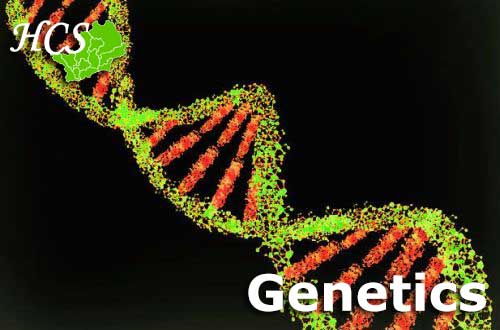Genetics
Sarcopenia, the loss of skeletal muscle mass and function with age, is common in men and women over the age of 65 and is associated with a number of adverse health outcomes including frailty, disability, and osteoporosis. Although age, gender, body size, genetic inheritance, nutrition and physical activity are known to influence amount and quality of muscle in later life, there is a lot that we don’t know about muscle mass and strength among older people.
The MEMOSA study (Multi-Ethnic MOlecular determinants of human SArcopenia) and the Hertfordshire Sarcopenia Study (HSS) are trying to answer some of these questions using cell and molecular biology. We are trying to identify changes in the body’s cells and molecules which explain why some people develop sarcopenia and some people do not. As part of MEMOSA and HSS, a group of male and female participants from the 1930’s Hertfordshire cohort spent a day at a clinical research facility at Southampton General Hospital; they had their muscle mass and function measured and also donated a small amount of their leg muscle, through biopsy, to be used in this research. They also gave blood, had a DXA scan to measure muscle mass, and completed physical performance tests which included measurement of grip strength and walking speed. We have collected the same information from groups of older people in Singapore and Jamaica.
We are using the latest cutting edge scientific techniques to investigate genetic and epigenetic pathways in sarcopenia. For example, we are investigating whether the expression of genes associated with cellular pathways is altered during muscle ageing and how this contributes to sarcopenia. We are also studying genes associated with inflammation, mitochondrial function and the regulation of muscle growth. We are also taking the novel approach of investigating epigenetic pathways by studying DNA methylation markers in muscle tissue and also in cultured primary skeletal muscle cells, a Southampton first.
The results from this work will give us clues about how sarcopenia begins, progresses, and what can be done to prevent or treat it. Our research will help to identify people at risk of sarcopenia and will contribute to efforts to find treatments to slow the progression, or stop the development, of sarcopenia. For example, if there is evidence in sarcopenic muscle of altered inflammation, mitochondrial function or epigenetic markers, the hope is that drugs could be tailored to modify these changes to give better muscle mass, strength and quality.
Some examples of publications describing this research are provided below.
Reference List
- Patel HP, Al-Shanti N, Davies LC, Barton SJ, Grounds MD, Tellam RL, Stewart CE, Cooper C, Sayer AA. Lean mass, muscle strength and gene expression in community dwelling older men: findings from the Hertfordshire Sarcopenia Study (HSS). Calcif Tissue Int. 2014 Oct;95(4):308-16.
- Lewis A, Lee JY, Donaldson AV, Natanek SA, Vaidyanathan S, Man WD, Hopkinson NS, Sayer AA, Patel HP, Cooper C, Syddall H, Polkey MI, Kemp PR. Increased expression of H19/miR-675 is associated with a low fat-free mass index in patients with COPD. J Cachexia Sarcopenia Muscle. 2016 Jun;7(3):330-44.
- Patel HP, Syddall HE, Martin HJ, Stewart CE, Cooper C, Sayer AA. Hertfordshire sarcopenia study: design and methods. BMC Geriatr 2010; 10:43.

